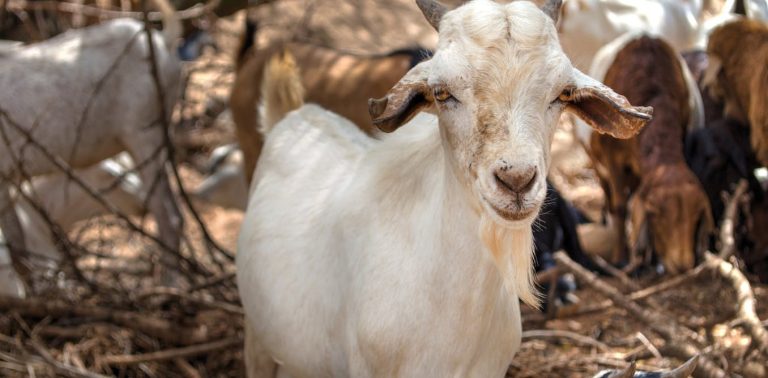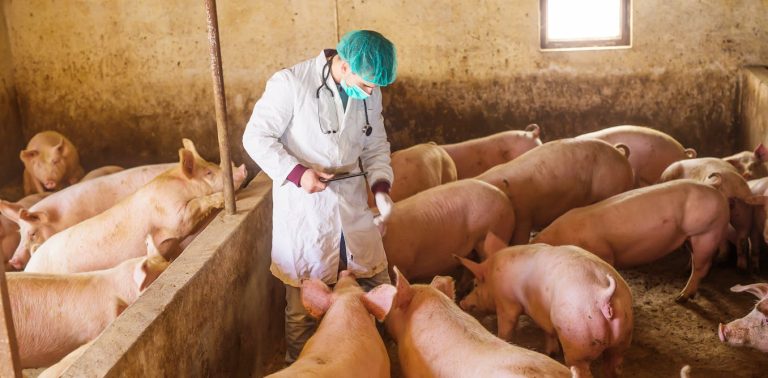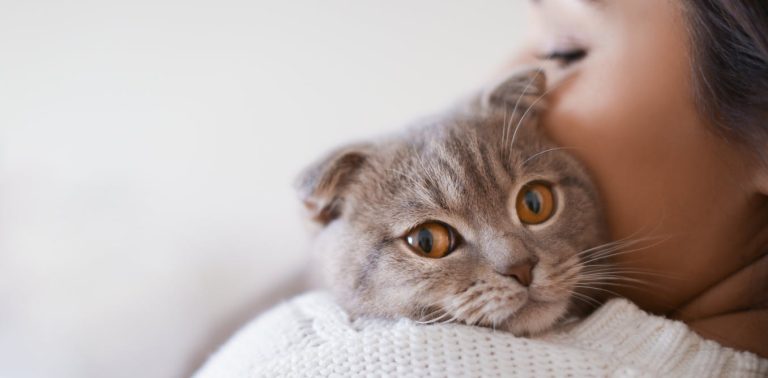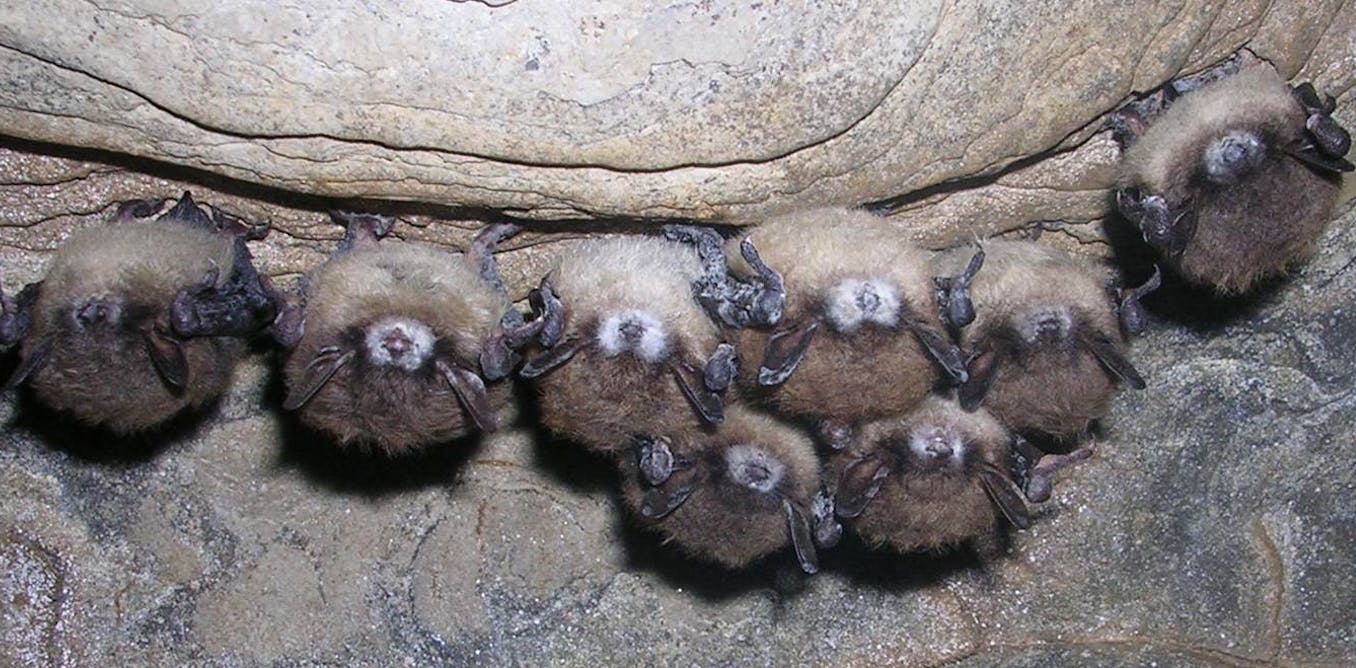
[ad_1]
A harmful fungus has been sweeping throughout North America with devastating penalties. Up to now decade, between 5m and 7m bats within the US and Canada have been worn out on account of the fungal illness often known as white nostril syndrome, which alters their behaviour in probably lethal methods. However the newest analysis exhibits there is perhaps hope for researchers attempting to battle the illness, following the invention that UV gentle seems to destroy the fungus’s DNA.
White nostril syndrome is attributable to the fungus Pseudogymnoascus destructans, which grows on the bats’ muzzles (therefore the title) and different hairless physique elements together with wings, and causes pores and skin lesions. P. destructans is psychrophilic, which means it thrives in chilly temperatures between 4°C and 20°C. This implies it impacts bats throughout hibernation.
The itchy, painful lesions trigger contaminated bats to repeatedly wake from hibernation, leaving them confused and inflicting them to show extremely uncommon habits, similar to flying outdoors throughout daylight in practically freezing temperatures. The chilly, lack of meals and irregular exercise results in bats depleting their winter fats reserves, and ravenous, dehydrating or freezing to demise. Because of this, the illness can kill between 90% and 100% of bats in affected hibernating colonies.
Out of the 47 bat species native to the US and Canada, over half depend on hibernation for survival. 9 of those species (together with two endangered and one threatened) already present signs of white nostril syndrome. P. destructans has additionally been present in one other six species (together with one endangered) that don’t but present signs. The little brown bat (Myotis lucifugus), as soon as the commonest bat in North America, is now predicted to face regional extinction.
Bats usually reside a very long time and produce solely a single pup annually, so affected species are unlikely to get well shortly. Not solely is that this dangerous for biodiversity, but it surely may even have a severe financial influence on people. In temperate areas, bats eat as much as 600 bugs an evening and so present a significant pest-control service for North American farmers, successfully price US$3.7 billion a yr.
How did this bat-astrophe come about?
P. destructans has in all probability co-existed with bats in Eurasia for hundreds of thousands of years. Because of this, these bats have developed defences towards the fungus. So on this a part of the world, regardless of the occasional gentle outbreak of white nostril syndrome, the illness doesn’t considerably influence whole teams of bats. However when P. destructans was launched to the beforehand unexposed American bats, the results had been disastrous.
White nostril syndrome was found in North America in 2006. We all know that the fungus was most probably unfold by human exercise as a result of the North American fungus is virtually genetically an identical to a number of the samples present in Europe. Additionally, bats don’t migrate between the 2 continents and a number of the distances between contaminated caves within the US are longer than the flying vary of affected bats. On prime of that, the primary stories of white nostril syndrome got here from a in style vacationer cave close to Albany, New York. So the fungus in all probability unfold through contaminated clothes and caving gear from vacationers visiting affected areas.
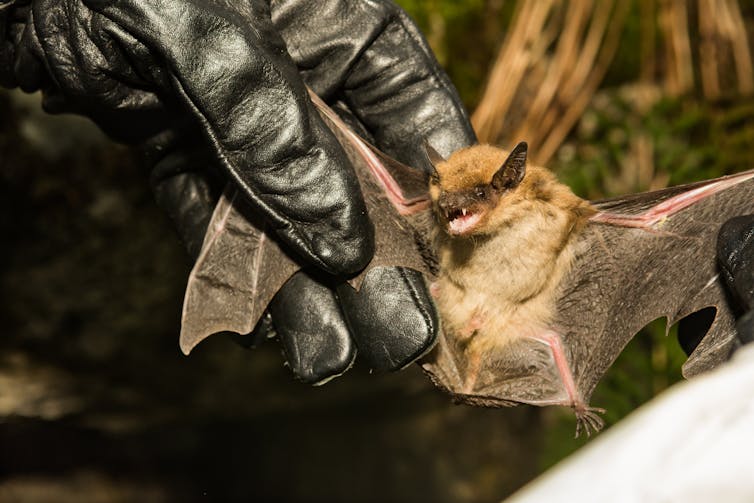
Shutterstock
Since then, white nostril syndrome has turn out to be some of the extreme wildlife illnesses ever recorded. But there could actually be a lightweight on the finish of the tunnel. A analysis workforce from the US Forest Service has found that P. destructans is extraordinarily delicate to ultra-violet gentle, notably to UV-C gentle that kills germs however doesn’t trigger pores and skin most cancers. They discovered that reasonable doses of UV-C gentle killed over 99% of the fungus, and that even low doses killed 85%.
The impact is so potent as a result of UV gentle destroys the fungus’s DNA, and, not like associated fungi, P. destructans can’t restore the harm. Additional assessments are on the best way to test whether or not UV gentle causes any harm to the bats themselves. However the truth that UV-C gentle has already been utilized in therapies of different fungal infections in mammals means the invention may be very promising.
Managing wildlife illnesses might be tough and costly. Consider how arduous it might be to use fungicide pores and skin cream to tens of hundreds of bats hanging from the highest of a cave. However shining a easy hand-held UV-C gentle supply on them can be a lot simpler. So this analysis may have enormous implications for safeguarding North American bats.
[ad_2]
